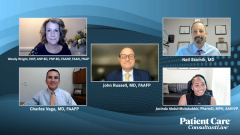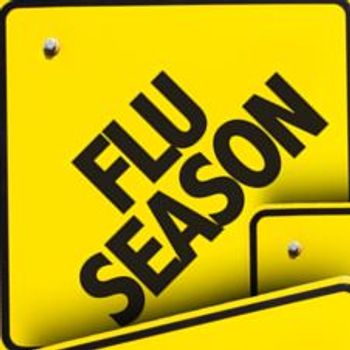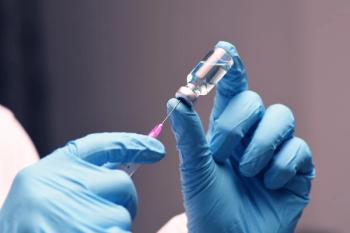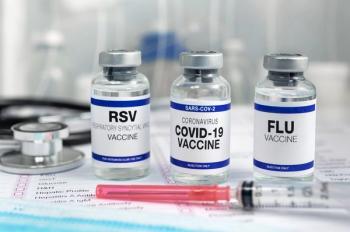
How To Translate The Advisory Committee On Immunization Practices Influenza Vaccination Recommendations To Patients
Dr John Russell and Neil Skolnik comment on how to translate the advisory committee on immunization practices influenza vaccination recommendations to patients.
Episodes in this series

John Russell, MD, FAAFP: Looping about what JAM just talked about, about this preferred recommendation for 3 separate vaccines for patients over the age of 65 [years]. So, Neil, as a lifelong educator, how do we educate our brethren about this as a new recommendation, and how do we translate this to patients?
Neil Skolnik, MD: Yeah, JAM, I thought you went over that so nicely. And, you know, John, there's a difference between people who are really into data, you, I, the others on our [program] here. Yeah, there was a [The] New England Journal [of Medicine] article back a decade ago that showed 24% better efficacy in preventing flu with high-dose flu vaccine. And then some follow-up real-world studies, the type of studies that you referred to showing decrease in hospitalization by about 20%. You know what, I think what Wendy said earlier is so important. I'm no longer going over the exact percentage because I can barely remember it, but what I tell patients, real simply, and what our colleagues need to know is that the preferred vaccines, the high-dose vaccines or the adjuvant vaccines, the recombinant vaccine, give you better outcomes in older adults. Where this is most important, I think, is in our nursing home patients who are the most vulnerable, very simply. And I think our colleagues do understand that. And JAM, “seasoned,” I might be “seasoned,” but they're “well-done.” You know [those] are really older adults, the real vulnerable among us [are] 80 [years] and older, 90 [years] and older, the patients I see every week in the nursing home. We need to make sure to give them high-dose flu vaccine because every little bit there makes actually a big difference. And that's the main message. I found this is very easy to understand for my patients. You just say, particularly the older patients who are a bit worried, “I want the best vaccine out there.” Now we can give them some straight advice.
John Russell, MD, FAAFP: So, I'm finishing up the section. Chuck, I'm going to turn to you about access and availability. Certainly, something that you've spent a lot of time in your career on. Can you speak to that in the flu space?
Charles Vega, MD, FAAFP: Yeah, it's critically important. We talked multiple times about getting vaccines in the arms and you can't necessarily do that if you live in a place where you have no access to a pharmacy, you don't have access to a clinic, you don't have access to a community center. So really, we have to think about the distribution of these vaccines. And we learned a lot, I hope, from COVID-19, that there was not an equitable distribution of vaccine. And we saw the results. We saw the results of the increased rates of infection. So, we could do a lot better. And we don’t have to be in this alone. I think that we have to involve public health officials. We have to involve communities and community leaders, particularly in those communities where they lack access to good health care. Health promoters, [or] promotores de salud, are a potent messenger as well as someone who can really help us to define those areas where the vaccine is really needed most, because it's in those disadvantaged areas where the where the virus is going to spread most easily and cause the most harm.
Transcript is AI-generated and edited for clarity and readability.
Newsletter
Enhance your clinical practice with the Patient Care newsletter, offering the latest evidence-based guidelines, diagnostic insights, and treatment strategies for primary care physicians.
















































































































































































































































































